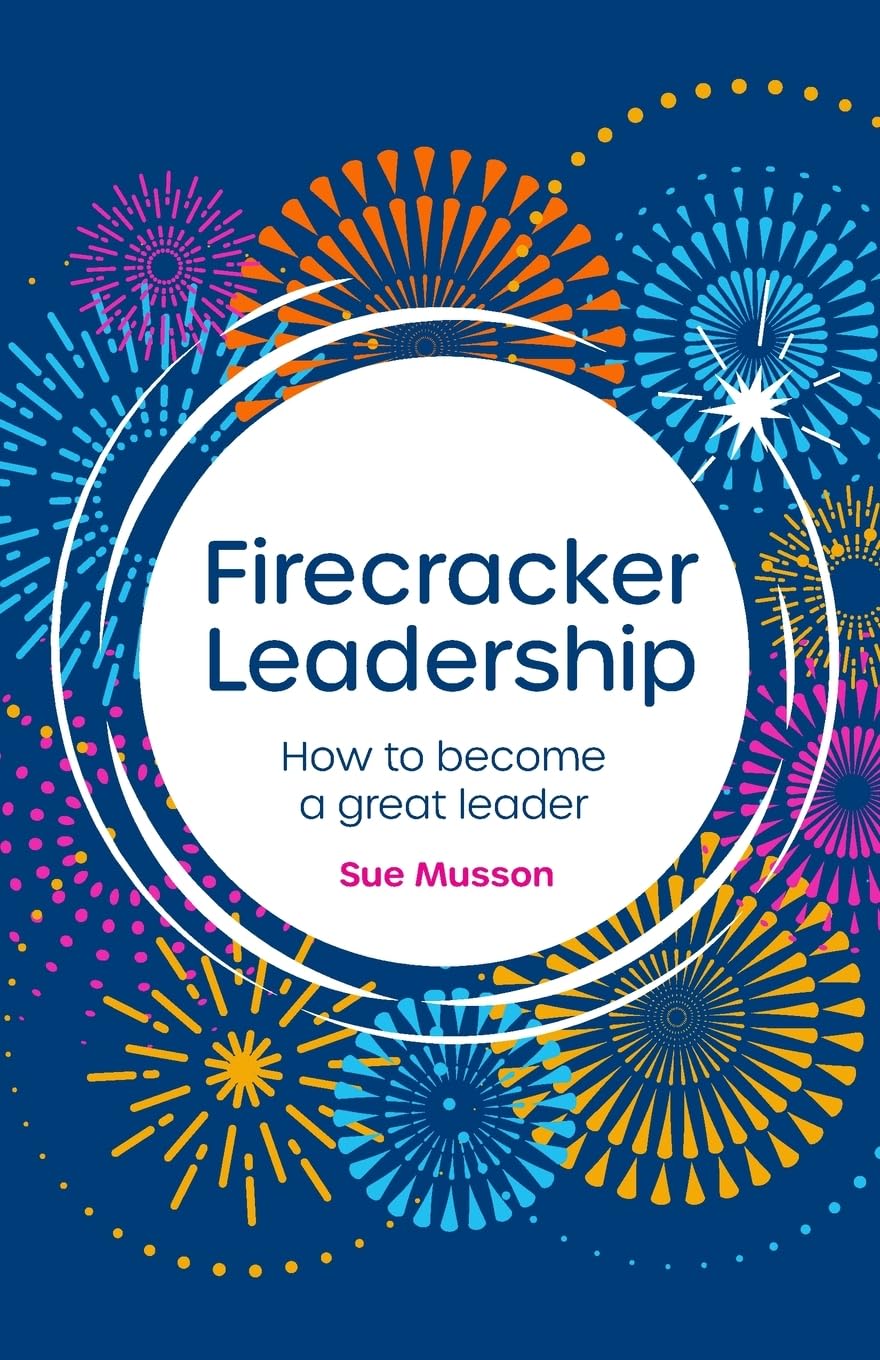Breaking the book down, the three key areas are: Head – five major areas of exploration, including purpose, solutions focus and commitment to learning. Hands – technical skills, role modelling, communication. And, Heart – things such as integrity, feedback and managing conflict.
So far so good, my assumption was that the sections and chapters would map onto this. It didn’t, and I got lost in the matrix of content. Which is a real shame, because it’s good stuff, and it took me a couple of ‘back ups’ to work out what was going on.
I can kind of see why it’s written how it is – the chapters are big topics and naturally bleed across the 3H model. But some more guidance and thinking behind the approach would have been helpful. I’d also have loved more dialogue about the components and what a lack or over-capacity of them would look like. Likely, Musson wanted to get stuck into the practical aspects and was less worried about theory nerds like me.
It’s also a book rich with stories, many of which are drawn from the healthcare world (linking into Sue’s background). They are peppered with MPs, senior industry figures and Royalty – not all of whom escape without criticism. They help bring the book to life, and the negative ones are actually more informative than the positive ones. You can also steal some of the learnings from them to help you with your own approaches (obviously only the good stuff).
As with all books of this nature – the compendium approach – it occasionally lacked enough insight or depth around certain topics. Some doozies are given one or two paragraphs, where a whole chapter would have been a minimum. But that’s the challenge of creating something of meaning that’s aiming to be a broad snapshot – it invites further exploration to fully grasp a topic.
Will it help leaders? Absolutely. My tip is to use the chapter headers as the guide for what you want to learn – they are nice and chunky: How to Cope with a Crisis, How to Stay Resilient, etc. Approaching the book this way is possibly a more practical route to implementing leadership growth. Of course, reading it cover to cover will also be a rewarding experience, but quite an overwhelming one if you are looking for personal growth. That said, there are hidden gems throughout the book that will make you smile or take a moment to be thoughtful. My favourite was the Grand National story…
I struggled a little with one concept. I disagree that anyone can be a leader. I’d say quite the opposite. Some people don’t want to/shouldn’t be in charge of people. And that’s OK. It’s why we advocate the role of Senior Specialist, which avoids the issue of promotion into a managerial role. Books, such as this one, will absolutely help with the practicalities, but the ‘Heart’ part of the equation is much harder to grow and cherish than the others. It’s also, for me, the one part that is non-negotiable for leadership.
Ignore that, because it’s my bug-bear and not yours. Grab yourself a copy and use the resources on Sue’s website to explore your own leadership journey and start making a plan to build and amplify your approach. And, if you are in the Leadership Development space, this would be an amazing resource to help you carve out your offerings, programmes and thinking structures.
You won’t go far wrong using this book as a map for yourself or your leadership community.
Published by Rethink Press
Reviewed by Chris Preston, a culture expert and one of the founding partners of The Culture Builders









